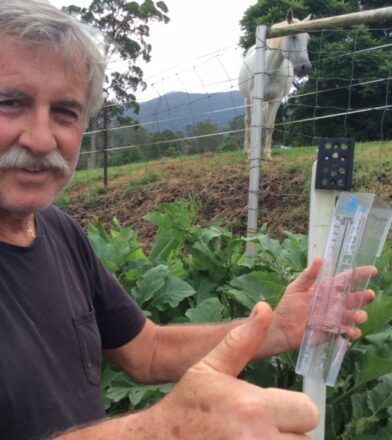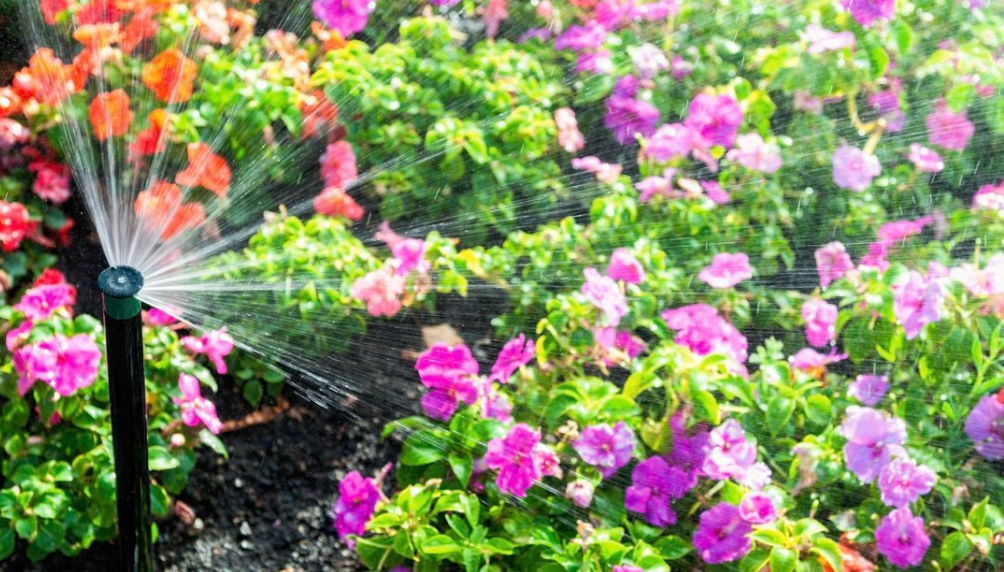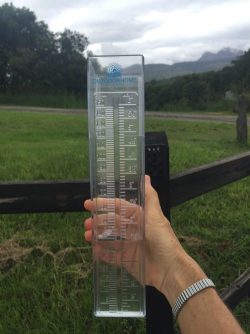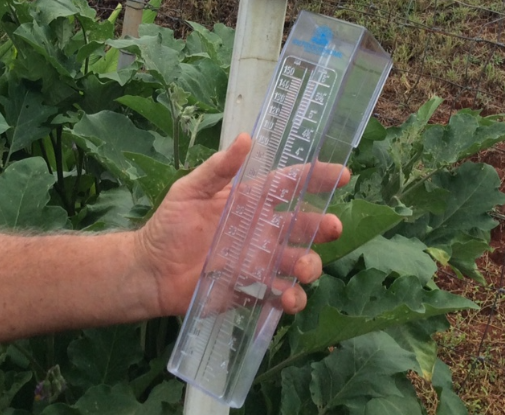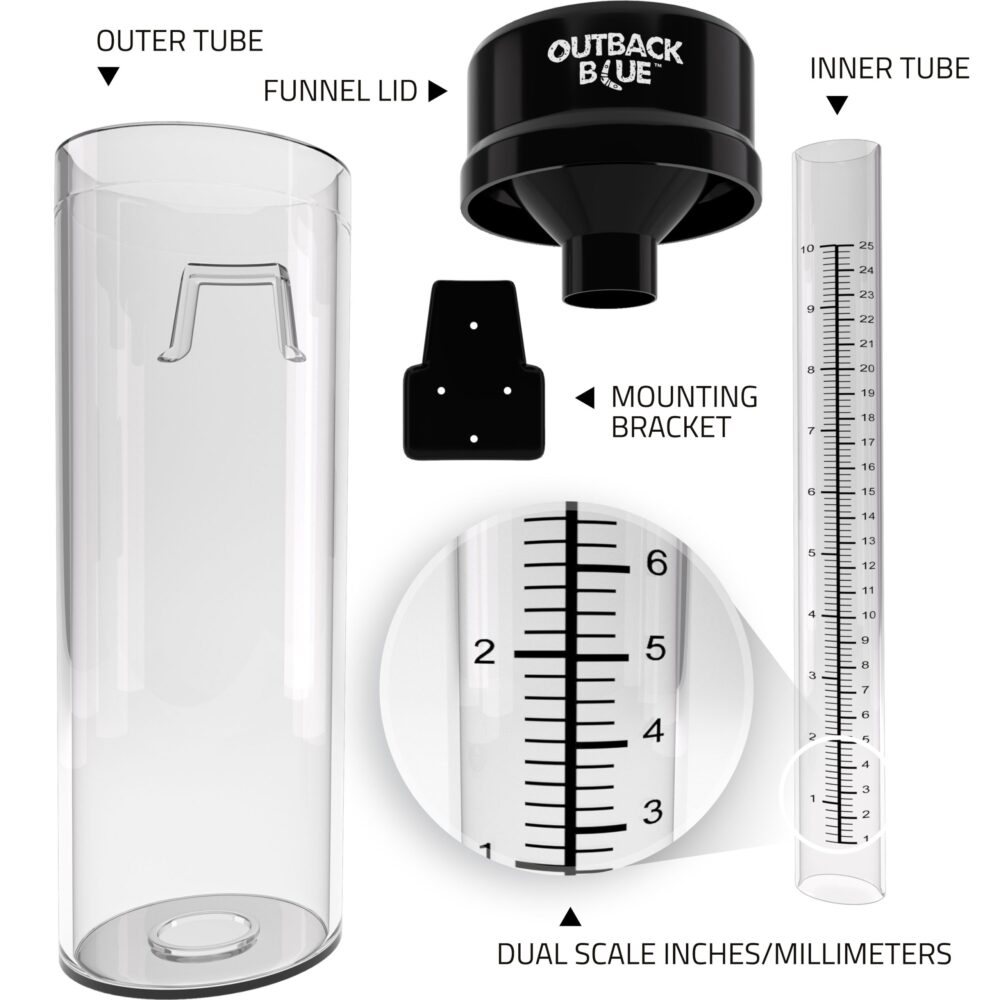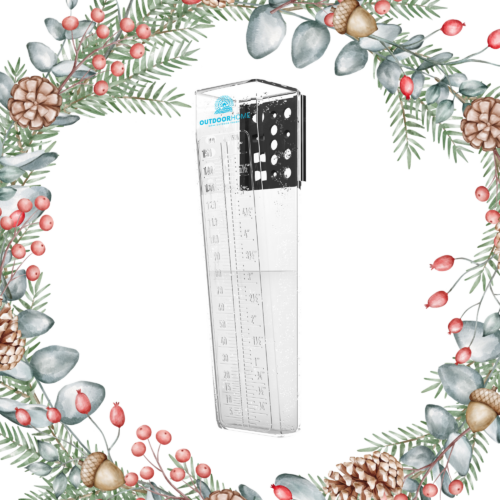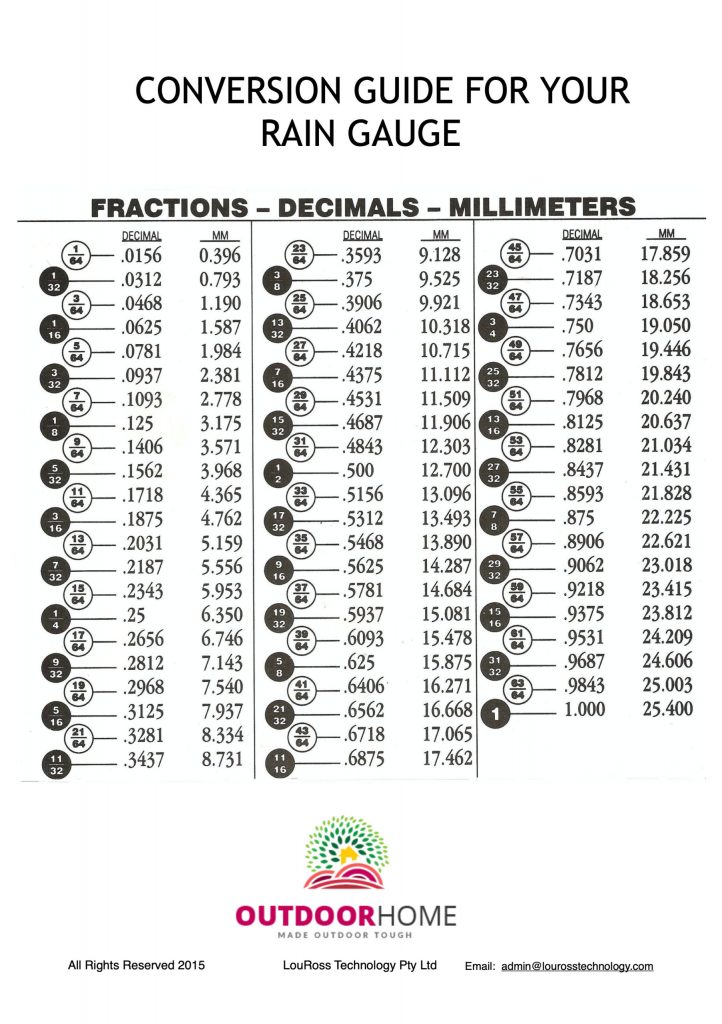Why Choose the Outback Blue Professional Rain Gauge?
Looking for reliable rainfall measurement? The Australian-made Outback Blue Rain Gauge delivers professional-grade accuracy to 0.01 inch or 0.25mm increments—perfect for gardeners, farmers, and weather enthusiasts who want exact results. Explore product details and customer reviews at https://maneandstable.com/products/outback-blue-rain-gauge.
Key Features
- High Precision Measurement
The unique dual-tube design allows ultra-fine readings of both light drizzle and heavy rainfall. Record your data with confidence, measuring directly to 1 inch and transferring any excess for full accuracy. More about measurement features: https://maneandstable.com/products/outback-blue-rain-gauge - Durable Construction
Made from UV-stabilized polycarbonate, this gauge resists fading, cracking, and damage—even in harsh outback conditions. Trusted by professionals, it's built for Australian weather and beyond. - Effortless Installation & Use
Mount to posts or fences in minutes with an included bracket. Quick visual readings thanks to clear, easy-to-read markings. View installation tips at https://youtu.be/fo8YsJzj4QQ?si=YNjzdUei8IgrNzK2. - Robust & Large Capacity
Withstands the elements and measures large rainfalls without risk of overflow. Suitable for all-season use.
User Experiences
Customers consistently praise the Outback Blue Rain Gauge for:
- Accurate, reliable readings—often chosen for official weather reporting.
- Long-lasting durability, even after years outdoors.
- Easy installation and maintenance.
- Clear, crystal markings for fast readings in any weather.
“Within just three days of installing it, I was able to accurately record 1.6 inches of rain for the National Weather Service. Super easy to read and very precise!”
How To Use Your Outback Blue Rain Gauge
- Site Selection & Mounting:
Install away from trees, roofs, or obstructions. Use the supplied bracket for secure fence or post mounting (more setup guidance: https://youtu.be/fo8YsJzj4QQ?si=4uCunPxOnumPvOuu - Reading Rainfall:
After a storm, read the water level on the inner tube up to the first inch. For greater volumes, transfer and measure any overflow caught by the outer tube. - Regular Maintenance:
Rinse to keep debris and algae at bay—UV-stabilized polycarbonate ensures it stands up to tough climates. - Record & Share Data:
Track rainfall for your own records, garden planning, or official weather logs.
Advantages
- Extremely accurate for all rainfall types
- Long-lasting build quality
- Easy and quick to read
- Fast, free shipping when you order from authorised distributors: https://maneandstable.com/products/outback-blue-rain-gauge or Amazon.
Conclusion
If you require precise rainfall data with a rugged, easy-to-use gauge, the Outback Blue Professional Rain Gauge is an excellent choice. Backed by robust user reviews and made for tough Australian conditions, this tool offers reliability and peace of mind for anyone tracking precipitation.

